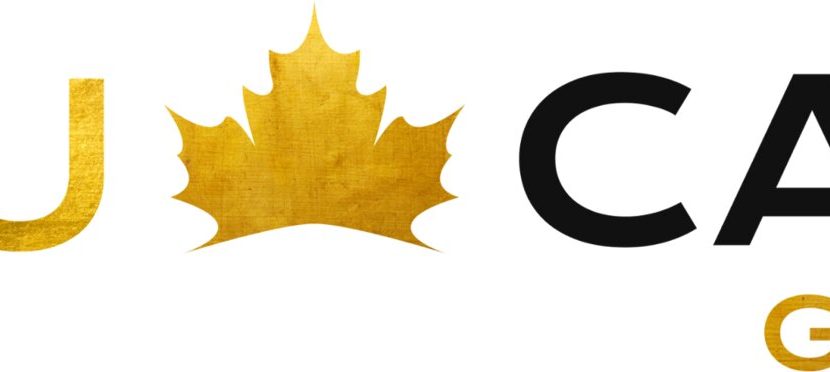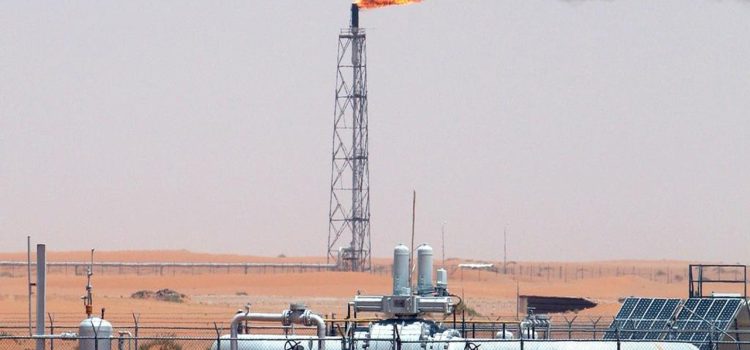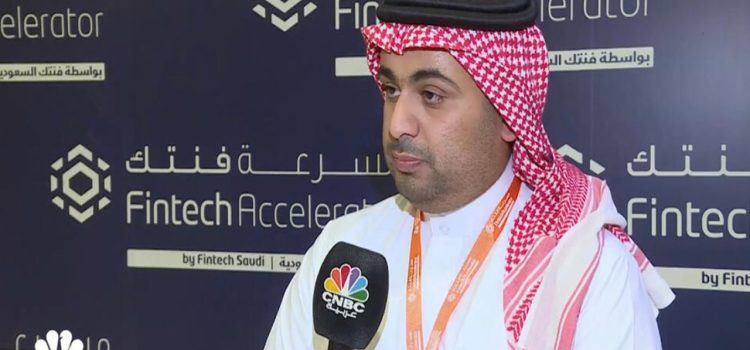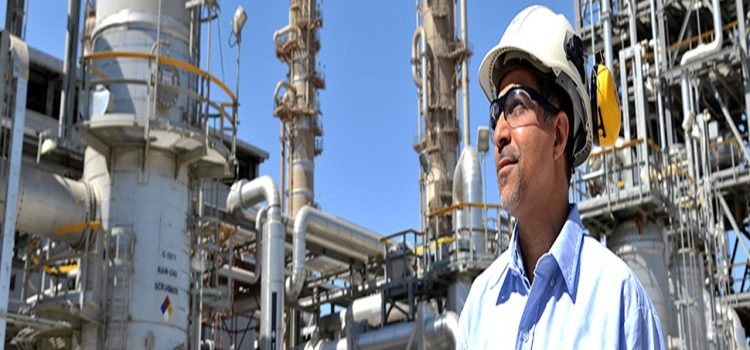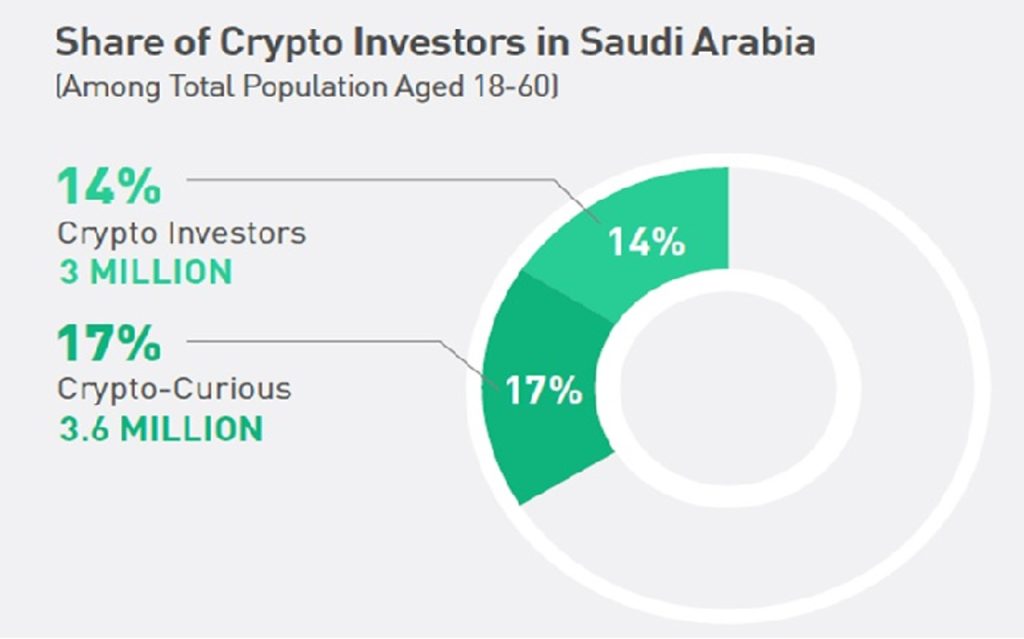
During the World Economic Forum’s session’ Financial Institutions innovating under pressure’ The Saudi Minister of Finance Mohammed al-Jadaan stated that while CBDCs have privacy issues they are a fantastic tool in developing countries.
While the panel discussed the risks that crypto and new technologies were posing especially given that crypto losses were over $1 trillion in 2022, most agreed that the regulation was a key element in mitigating these risks.
Saudi Finance Minister Al Jadaan also believes that the real risks of these innovations haven’t even been seen yet, and the one incident with the loss of 12 zeros has triggered a lot of thinking of what needs to be done.
He believes that Central Banks, traditional financial institutions and even innovators in Fintech need to discuss how to deal with Anti Money laundering issues, terrorism financing and entities that use these technologies to circumvent the regulatory framework.
When discussing CBDC (Central Bank Digital Currencies) Al Jadaan noted “Whether CBDCs and similar government sponsored currencies one will need to think about privacy.” He believes that the minute a government issues a CBDC or government sponsored cryptocurrency there is a compromise on privacy.
He states, “There is a lot of data to whoever is holding that currency.”
Yet he believes that CBDC is a fantastic tool in developing countries. He explains, “It can be used as a social safety net. CBDC can be used by people to exclusively buy milk, rice, oil but may not be allowed for other items.” He notes that while on one hand it is beneficial the other side of it is the risk of privacy invasion. ‘Bottom line no perfect solution.
Saudi Arabia piloted a CBDC with the UAE under the name ABER. The report on the final project was positive from a technical standpoint and the report highlighted the need for further use case trials.
In addition in July 2022, the Central Bank of KSA hired former Accenture Director Mr. Mohsen Alzahrani to lead the virtual asset and Central Bank Digital currency project at the bank.
It seems KSA is still studying the impact of CBDC implementation and is worried about the issue of privacy infringement.

